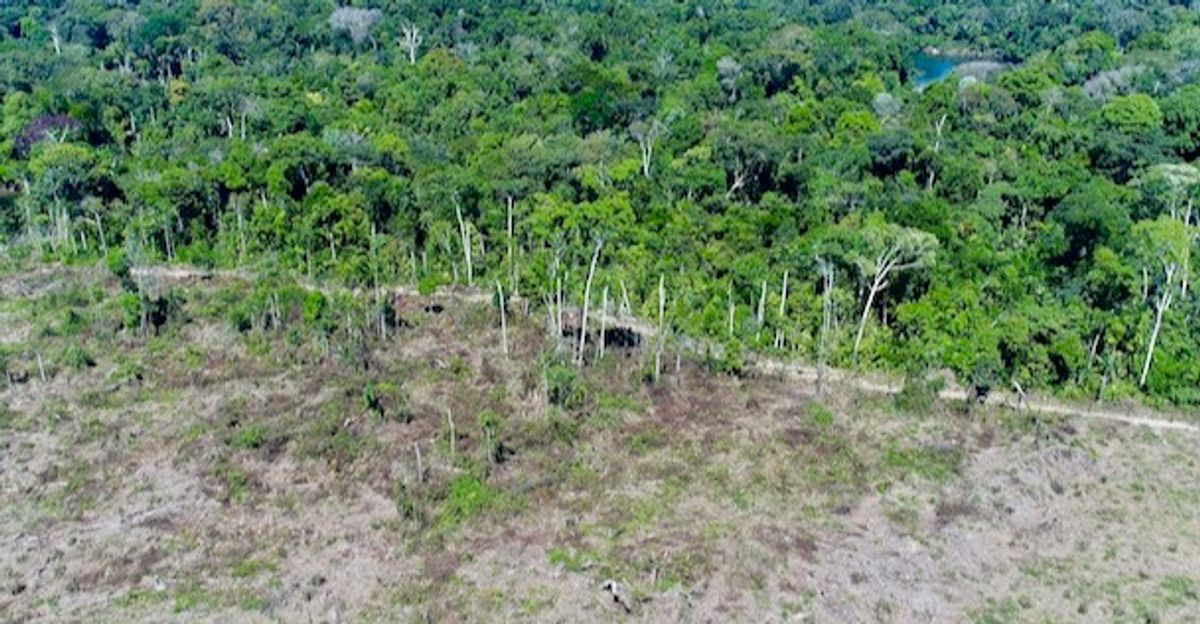Jared Strong, Iowa Capital Dispatch
October 19, 2022

U.S. Secretary of Agriculture Tom Vilsack. (Jared Strong / Iowa Capital Dispatch)
More than 13,000 farmers have benefited from nearly $800 million in federal debt relief, U.S. Secretary of Agriculture Tom Vilsack said Tuesday.
The assistance came from a new federal initiative to erase farmers’ loan delinquencies to the U.S. Department of Agriculture and private lenders or to resolve their remaining debts after foreclosure.
Going forward, the USDA is expected to give hundreds of millions of dollars of relief to farmers who are facing bankruptcy or foreclosure and to those who are at risk of missing payments on their loans.
“The star of the show here is the farmer,” Vilsack told reporters. “The person that really matters is the farmer, and keeping that farmer, him or her, on the land so that he or she can take care of their family and their community.”
The USDA’s Farm Service Agency gives direct loans to farmers and guarantees loans from banks, credit unions and others to farmers for up to 95% of their value.
The government’s farm loan obligations for the 2022 fiscal year, which ended Sept. 30, totaled about $5.8 billion, according to USDA records. States with the highest obligations included Iowa at about $484 million, Arkansas at $424 million, Oklahoma at $366 million and Nebraska at $341 million. Virginia’s overall obligations totaled over $67.5 million.
Of those with delinquent direct loans, the average farmer who has failed to make regular payments for at least two months received about $52,000 under a “distressed borrowers” initiative, which is funded with more than $3 billion by the Inflation Reduction Act. That eliminated their delinquencies.
For those with government-backed loans from private entities, the average benefit was about $172,000.
The total number of farmers in the two categories was about 11,000.
For those with direct loans who went bankrupt and still owed money — about 2,100 borrowers — the average benefit was about $101,000. Vilsack said those bankruptcies happened at least a year ago but did not say how long ago they might have occurred.
States with farmers who received the most relief included Oklahoma and Texas, Vilsack said, whereas farmers in the northeastern states of Connecticut, Delaware and Rhode Island were among those who received the least. Those northeastern states had a combined total of federal farm loan obligations of just $11 million during the 2022 fiscal year, USDA records show.
“Virtually every state in the country has a borrower or several borrowers or groups of borrowers that are impacted by this,” Vilsack said. “I think you’re probably talking about some very, very small operators, and you’re probably talking about a few that would be considered to be mid- or large-sized operators. So it’s across the board.”
The debt relief initiative is the subject of a new lawsuit by non-white farmers who claim that the government improperly reneged on its plans to forgive loan debts of “socially disadvantaged” farmers, which was part of the American Rescue Plan Act of 2021. That initial version of the plan was challenged by lawsuits that claimed it was discriminatory.
The Inflation Reduction Act of 2022 amended the debt relief program to eliminate its prescribed goal to help Asian, Black, Hispanic and Native American farmers. Vilsack described the farmers who have been aided by the amended initiative as those who “couldn’t get credit anywhere else.”
On Sept. 21, Virginia Rep. Bobby Scott, D-Newport News, sent a letter to Vilsack urging the federal government “to provide swift and equitable relief for borrowers with at-risk agricultural operations” and “take immediate action to ensure that producers with farm loans guaranteed by the USDA are protected from foreclosure.”
The letter was signed by 11 other members of Congress including Virginia Rep. Donald McEachin, D-Richmond.
The USDA suspended its foreclosures of direct loans in January 2021 because of the coronavirus pandemic, which was especially tough on livestock producers. Meatpacker closures because of the virus abruptly choked demand for the animals and led in some cases to mass euthanasia. The supply costs for farmers have also soared, notably for fertilizers.
This story originally appeared in the Iowa Capital Dispatch, a sister publication of The Virginia Mercury within the States Newsroom network
Virginia Mercury is part of States Newsroom, a network of news bureaus supported by grants and a coalition of donors as a 501c(3) public charity. Virginia Mercury maintains editorial independence. Contact Editor Sarah Vogelsong for questions: info@virginiamercury.com. Follow Virginia Mercury on Facebook and Twitter.


















